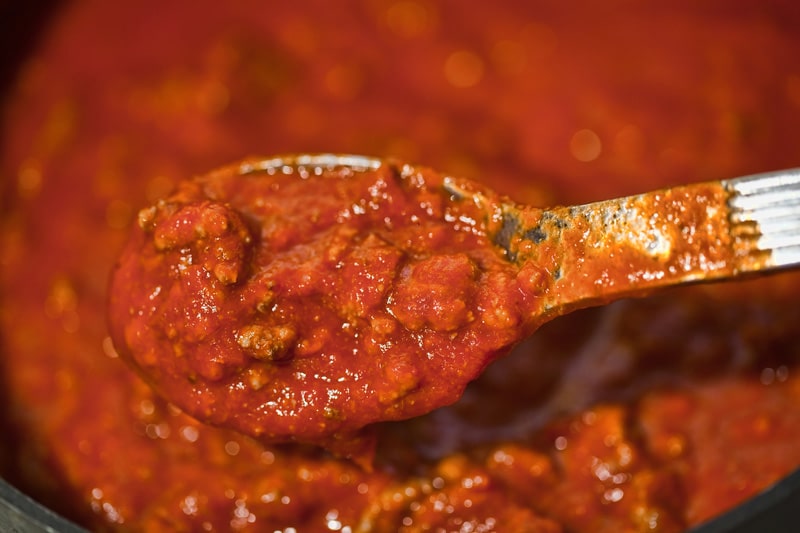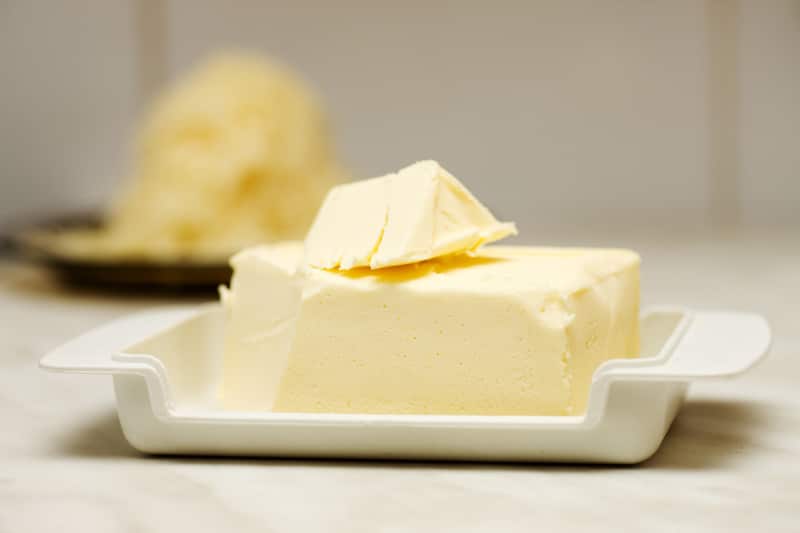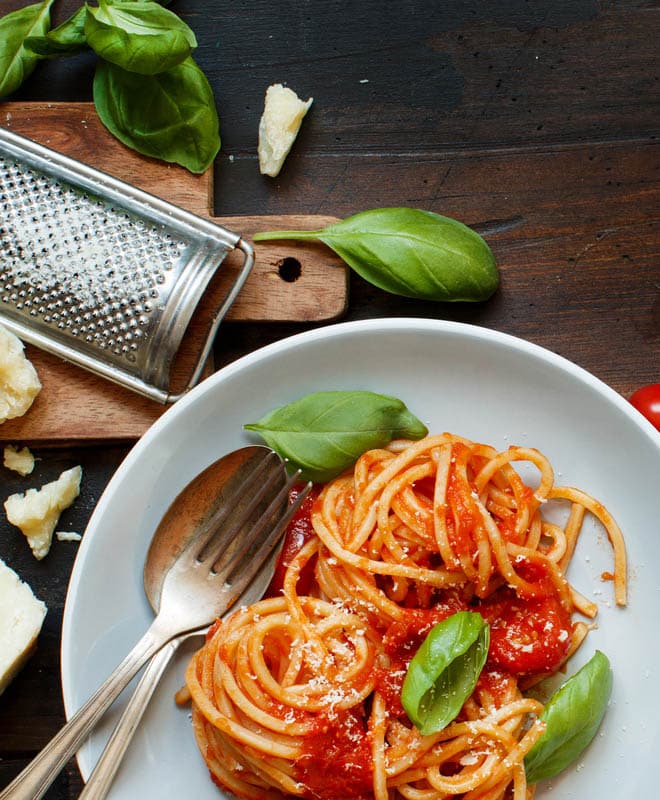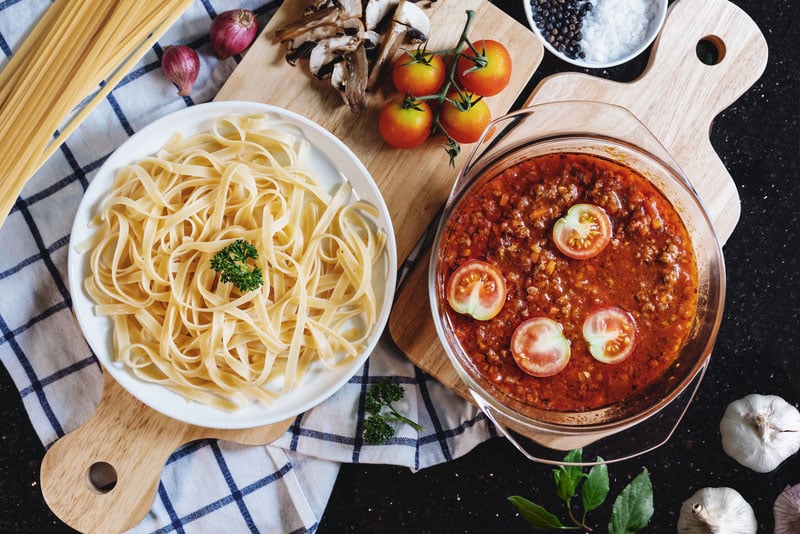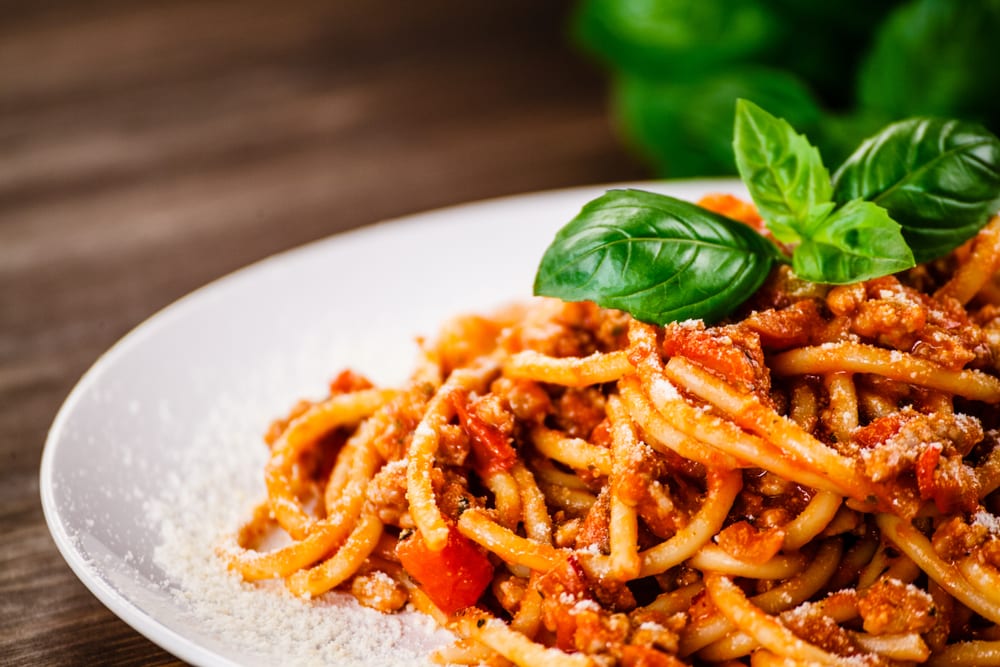
Pasta is a delicious dish that is both affordable and quick to make. Pasta is traditionally served with a meat sauce, such as Bolognese. However, preventing pasta from absorbing all the sauce can be a challenge.
When pasta absorbs too much sauce it can become soggy and mushy, leaving you with an unappetizing dish. The trick to perfecting a pasta dish is ensuring that the pasta is al dente and not mushy.
This article will guide you through some tips and tricks for preventing your pasta from absorbing too much sauce and becoming soggy.
How to Prevent Pasta from Absorbing the Sauce
While pasta may sound easy to make, getting it right can be quite a challenge. If you are struggling with soggy pasta, you may find the following tips and tricks helpful:
- Allow Pasta to Cool
It is important to allow your pasta to cool after it’s cooked before mixing it with the sauce. This is because hot pasta is more likely to absorb sauce than room temperature pasta, especially if the sauce is hot too.
The best method is to transfer the cooked pasta into a colander in the sink and allow it to drain and cool. However, if you don’t have time to wait for the pasta to cool, you can also rinse the pasta with cool water.
- Consistency of Sauce
Another trick for preventing the pasta from absorbing too much sauce is to make the sauce slightly thinner than you would like it. It is normal for pasta to absorb a little bit of moisture, even if you follow all the other tips and tricks.
Making the sauce slightly thinner than you would like allows for this moisture absorption. This means that when you serve the pasta and sauce, it will be the ideal consistency as the pasta will have soaked up a small amount of excess moisture. You can use some leftover pasta water to thin the sauce.
- Toss it in Oil
While it’s normal for pasta to absorb a little bit of moisture, we don’t want it to absorb too much. Tossing the pasta in oil after it has been boiled can help prevent this. Remember to run the pasta under cool water before tossing it with oil, otherwise, you will wash most of the oil off!
Olive oil is ideal for tossing, as it’s both healthy and has a delicious flavor that pairs well with most pasta dishes. That being said, you can also use vegetable oil if you don’t have any olive oil
The pasta will become coated in a thin layer of oil. Since oil is water resistant, it will prevent the pasta from absorbing too much moisture from the pasta sauce.
- Toss it in Butter
A similar solution is to toss the pasta in butter. Since butter is not almost pure fat like oil, but is an emulsification of fat, water, and milk proteins, it will not be quite as effective at stopping the pasta from absorbing sauce.
However, since butter is also high in fats, it will work in a similar way to oil to prevent the pasta from absorbing too much moisture. Butter also has a delicious, rich flavor that will add depth to the pasta dish.
- Layer with Cheese
Cheese is another fat that can be helpful when making pasta. Place your pasta in the serving dish, and then grate a layer of cheese over it. Then, spoon the pasta sauce over the cheese layer.
Since cheese is high in fat, it will create a layer over the pasta much like butter or oil would, which will prevent too much sauce from being absorbed by the pasta. Choose a high-fat cheese like cheddar, Red Leicester, or parmesan.
Cheese also adds flavor to pasta dishes and is included in many traditional pasta dishes such as lasagna and macaroni cheese.
- Lots of Water and Stirring
When you are boiling pasta, using plenty of water is important. You should select a large pot and fill it almost to the brim for this purpose. Allow just enough space to add the pasta. Also, remember to stir the pasta from time to time while it is boiling.
These tips will prevent the pasta from sticking together and forming large clumps. Pasta that clumps together is more likely to absorb sauce than individual strands of pasta.
- Serve Separately
In addition to all the tips and tricks listed above, it is important to keep your pasta and sauce separate for as long as possible. Since pasta will naturally absorb some sauce even if precautions are taken, this is important for preventing sogginess.
For some pasta dishes such as spaghetti Bolognese or chicken pesto pasta, consider serving the pasta in a separate dish to the sauce. This way, the pasta will only have a very small window of time to absorb any of the sauce. Decant leftovers into separate lunchboxes.
This method will only be useful for some pasta dishes and will not be possible with a dish like a lasagna which must be layered well before it is served.
We hope that these seven methods will help you to prevent your pasta from absorbing too much sauce and becoming soggy. We wish you the best of luck in preparing a delicious pasta dish!
